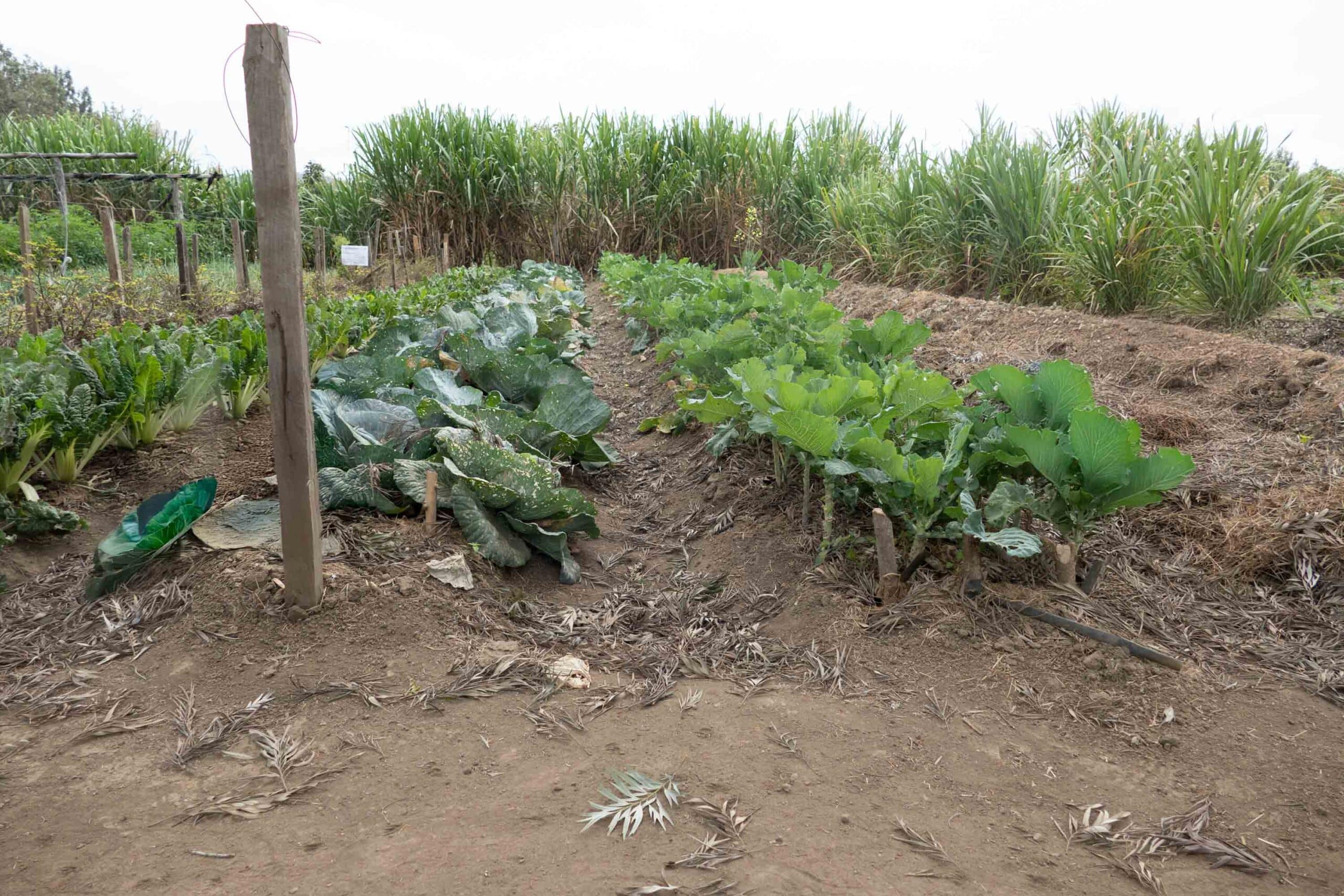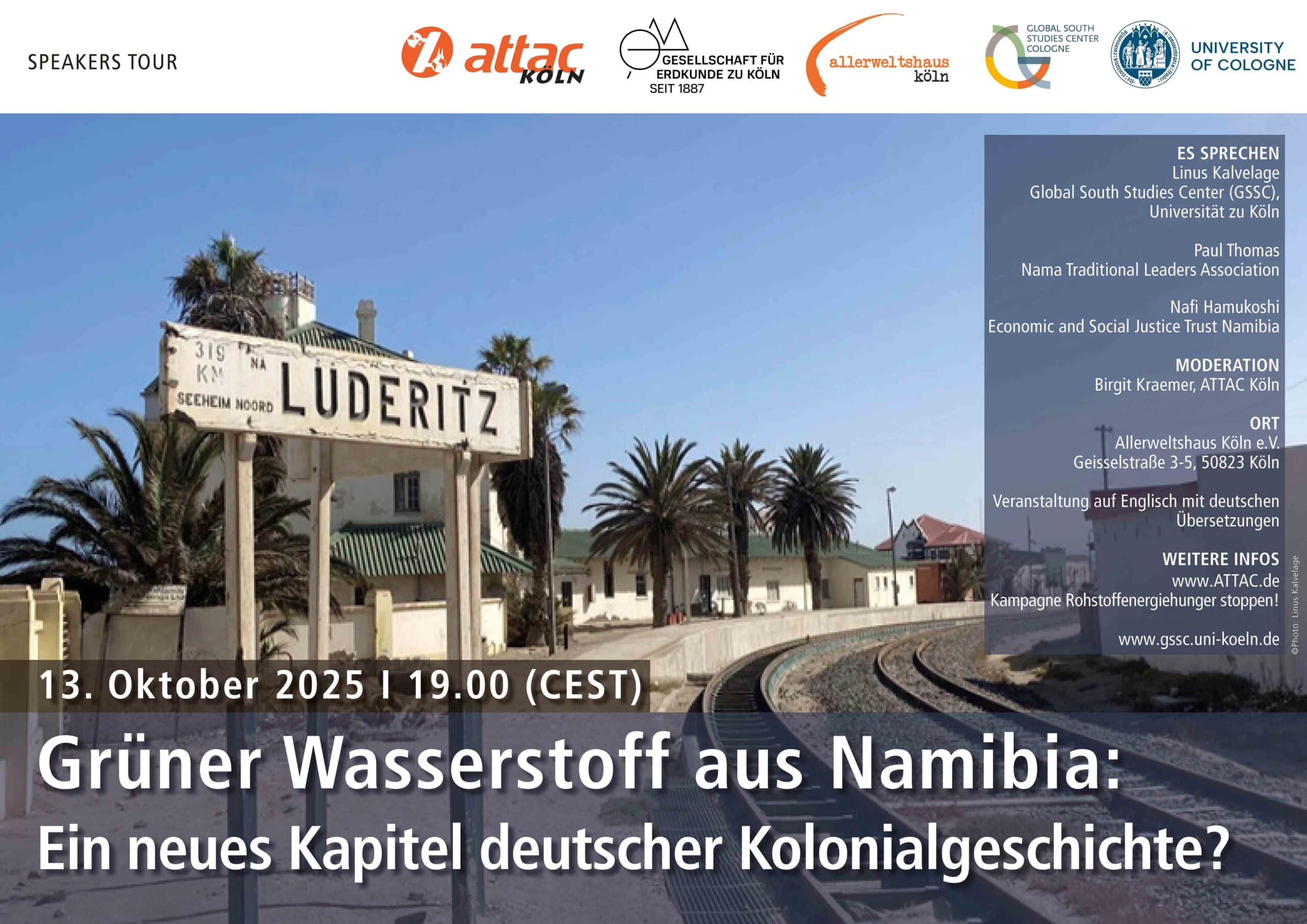High hopes are pinned on tourism and its catalytic potential to foster growth in remote rural areas. In the Zambezi region of northeastern Namibia, tourism plays a key role in the design of community-based natural resource management (CBNRM) programmes for nature conservation.
Local communities form conservancies, small village-based entities of bottom-up nature conservation activities. These conservancies are granted rights for the use of natural resources, which are then transferred to tourism investors and trophy-hunting companies. Thus, conservancies partly determine tourism’s developmental outcomes on a local level. By applying a global production network (GPN) approach, the objective is, first, to assess how much of the turnover generated in the Zambezi region remains in the region and, second, to examine the extent to which conservancies, as newly formed local institutions, enable communities to capture value from tourism.
A mixed-methods approach is applied, using a business survey, qualitative interview data and financial reports which allow a calculation of value capture. Roughly 20% of the value generated by the tourism industry in the Zambezi region is captured locally. In addition, conservancies play a key role in the GPN, acting as hinges between the local and the global: conservancies are involved in the production of the resource, mediate in strategic coupling processes, and use regulatory and bargaining power to capture value. Conservancies therefore have the potential to increase local gains from tourism. On the one hand, these results underline the importance of local institutions for value capture in GPN analysis. On the other hand, as local linkages are limited and the level of local ownership is low, policies are needed that ensure the participation of local residents beyond direct transfer payments from private enterprises to communities.
Linus Kalvelage, Javier Revilla Diez & Michael Bollig (2020): How much remains? Local value capture from tourism in Zambezi, Namibia. Tourism Geographies, DOI






